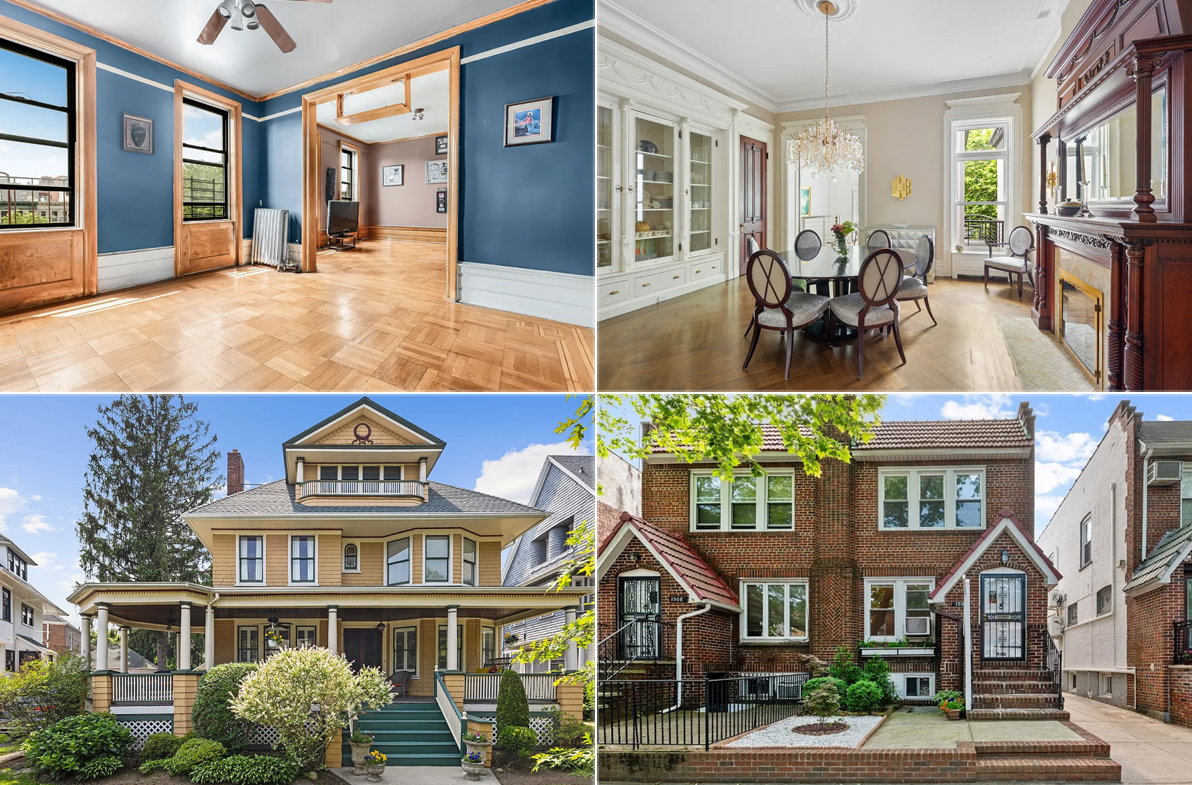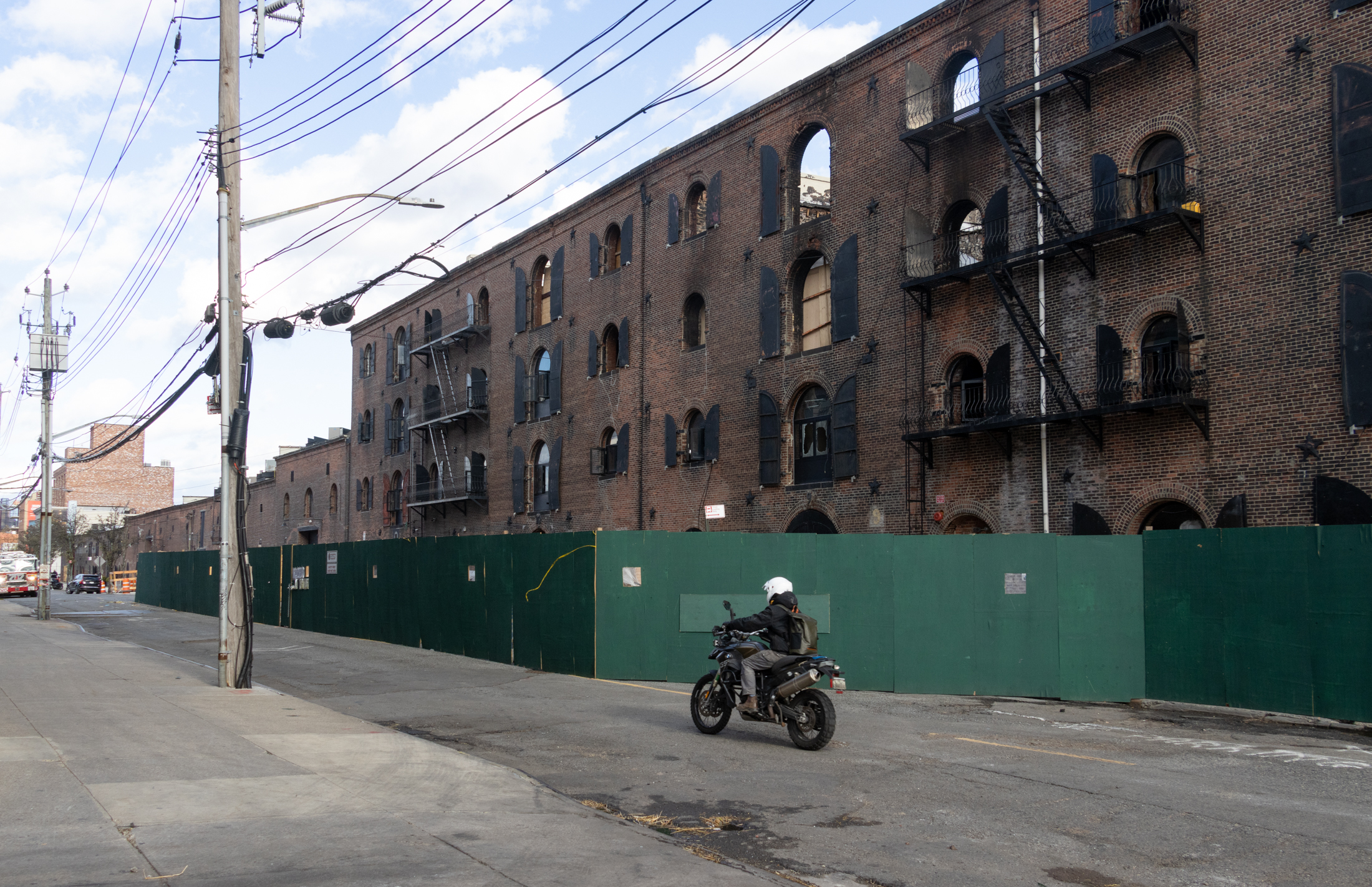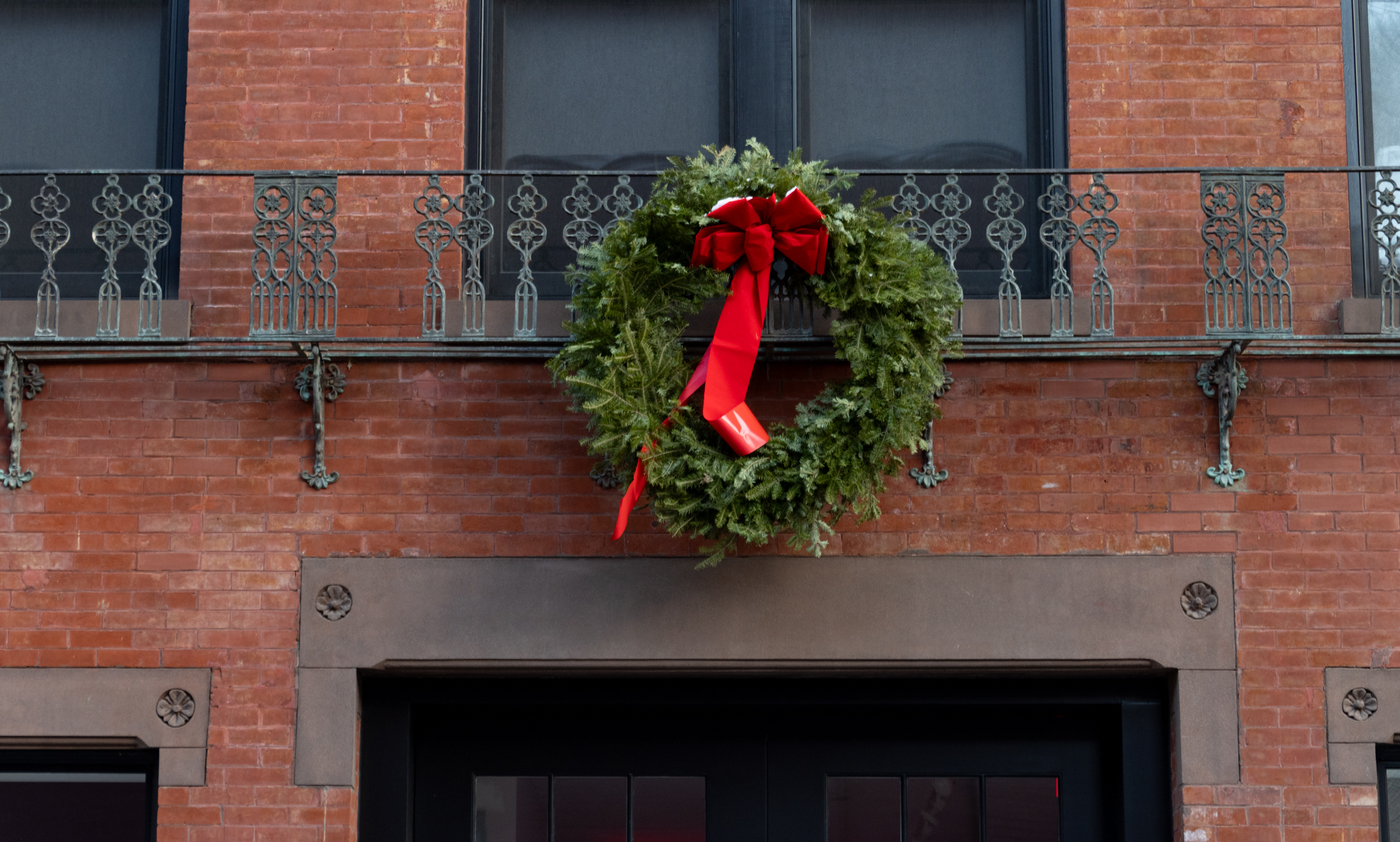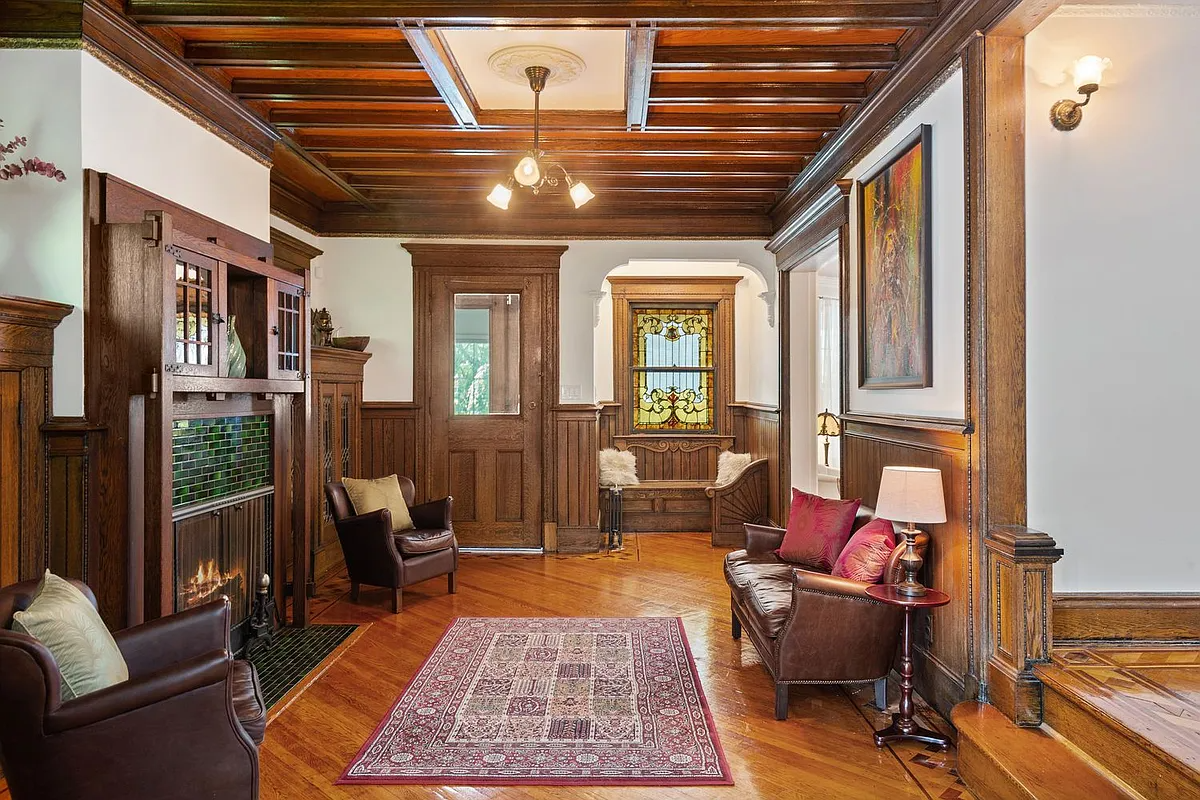Bigger But Not Better in The Slope
Looking at this kind of before-and-after is a good way to get depressed. The transformation of 561 11th Street was noticed and mused upon by the blog Save The Slope: We have no idea if the new building is great architecture or not. Personally we prefer the old building. One wonders, though, what has really…


Looking at this kind of before-and-after is a good way to get depressed. The transformation of 561 11th Street was noticed and mused upon by the blog Save The Slope:
We have no idea if the new building is great architecture or not. Personally we prefer the old building. One wonders, though, what has really been gained in this process? The new building is not dramatically larger than the old one. The old building could have been a 1- or 2-family; the new building appears to be a 3-family. Perhaps we have managed to squeeze another couple of people into Park Slope, which is great. Probably someone has made a lot of money in this transaction, or hopes to. But the one certainty is that we have lost a bit more of Park Slope’s historic fabric and unique “sense of place”.
Bummer.
11th Street: Another One Bites the Dust [Save The Slope] GMAP





Sorry same link. Here’s the other one.
http://imby.blogspot.com/2009_03_09_archive.html
pete, the 4 condos will be paying $1400 a year in taxes. Don’t know what previous brick house was paying but I can’t imagine much more than that for such a small house. I would assume within a couple of years city would be making money on the deal.
I may be wrong but I seem to recall that the 11th street building had some serious structural problems… It would shake every time the parking garage would use its elevator. That said the developer paid $1.2 million for the tear down.
Pete not exactly sure of all the boundaries but there is a better than decent chance that due to the new law (2007) this building is not eligible for 421a tax abattement, and even if it is, your children’s generation will have the advantage of making up the lost tax revenue within the first couple of years when the abatement is lifted (imagine that, a Government program that increases TODAYS tax burden and shifts the benefit to our children! – no wonder why everyone hates it)
That is why there needs to be something between landmarked and free for all for historic neighborhoods, or parts of historic neighborhoods. That way, if someone wants to put up a 4 story condobox in the middle of a block, then there are guidelines to assure that this new building fits into the neighborhood.
It’s irrelevant that there is a garage next door, what about the rest of the block, and across the street? A building could have been built that complemented its neighbors in construction materials, size and shape of windows, etc, still allowing for an architect’s creative hand. The balconies could have been put in the back. How many people actually use front balconies? Especially in smaller buildings?
The fact that the original building was not an impressive mansion, or built by an important architect, or had someone famous live there, is not the point. These homes were for the average people, the middle class we all espouse to be, and to be for. These houses can form a charming streetfront, especially in spring and summer, and are great homes. Do all of them get to be saved, no, but if they are to be replaced with something that is supposed to be more in line with today’s housing needs and wants, let’s have some basic guidelines, so that this block, and others like it, that may not be special enough for landmarking are still attractive, and worthy of the price living on this block still commands. People want to live in historic neighborhoods for the look and charm of them, taking that away makes no sense.
I just looked at Google street view… I forgot about those beautiful 4-story row houses across the street should DEFINITELY be landmarked! They are treasures beyond compare. Oh wait… or are they just average apartment buildings? Well, we should landmark them anyway, just in case.
There are actually three of these buildings in the south slope… Some links
http://imby.blogspot.com/2009_09_24_archive.html
http://imby.blogspot.com/2009_09_24_archive.html
The old building was *fine* — nothing more than that. It was a small, somewhat charming little house. But nothing really to write home about. Hardly Landmark worthy… there’s no significant architecture. It was built as a pretty utilitarian house and it looks like that.
Now the new one. Similarly insignificant. But, it’s bigger, allows for slightly higher density — WHICH GUESS WHAT! This is a city and it’s supposed to have a measure of density. Not suburban sprawl. There’s nothing particularly horrible about the new building. And it has positive things that folks like. Folks that live there!
What other sorts of architecturally and historically insignificant structures should we protect?!
go for the landmarking! it will help owners. every restriction to housing makes existing housing more valuable.